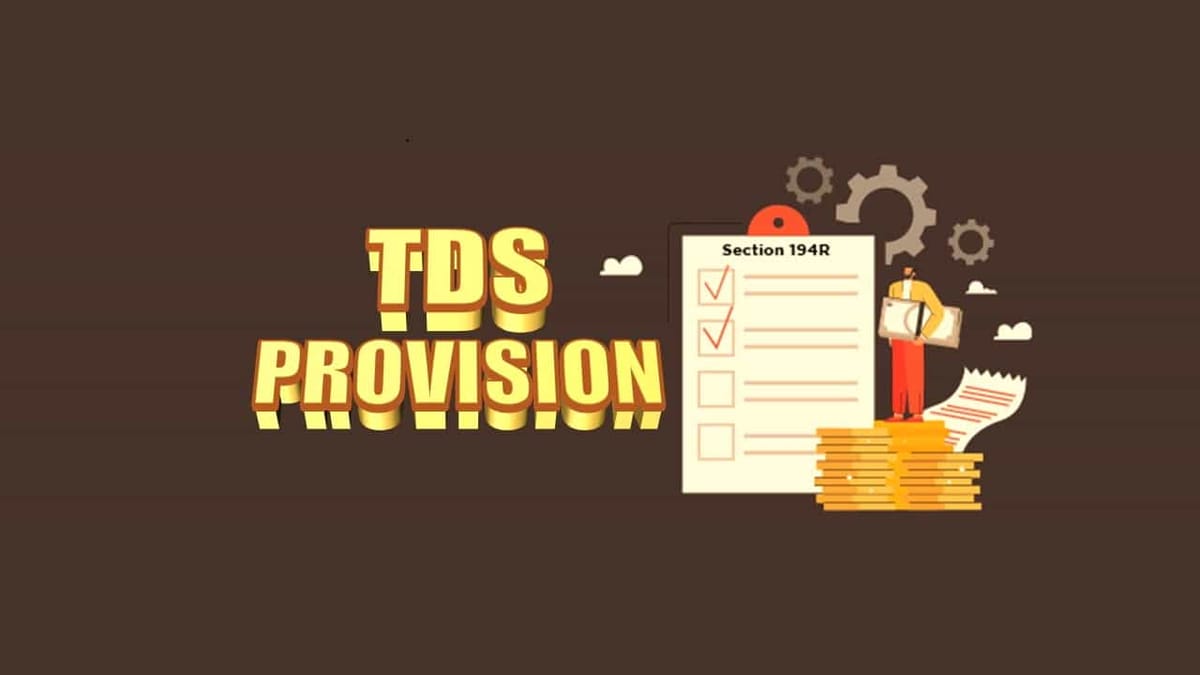Budget 2023: Finance Minister need to simplify TDS provisions to make doing business in India easier
Reetu | Dec 28, 2022 |

Budget 2023: Finance Minister need to simplify TDS provisions to make doing business in India easier
Budget 2023: Grant Thornton Tax provisions that are deductible at source should be made simpler, according to Bharat’s pre-budget memorandum for 2023.
The rationale for introducing TDS provisions was to tax income at the outset, to ensure a transaction trail is available, and to plug tax leakages. TDS’s relevance as a primary tool for establishing a transaction trail has greatly diminished as technology and digitization have advanced.
However, the scope of these provisions has grown significantly over time. TDS is currently addressed in approximately 40 sections of the Income-tax Act of 1961 (the Act). Furthermore, there is a plethora of rules and forms associated with these TDS provisions. There are various rates ranging from 0.1% to 40%, as well as various payment thresholds.
Litigation has erupted over interpretational issues and the matching of the TDS credit with the year in which relevant income is offered to tax.
Compliance takes a significant amount of time and resources. Noncompliance and delays result in tax disallowances, interest, and penalties. It is preferable that the TDS regime be streamlined and rationalised. Consider the following recommendations: The data in the Goods and Services Tax (GST) database could be used as a primary source to create transaction trails. The framework for information exchange with other government departments and the Statement of Financial Transactions could be strengthened further.
It is suggested that key sections with high tax collections be retained. These sections can be identified through research. Sections that contribute insignificantly to overall tax collections could be deleted or merged with other sections where a transaction trail cannot be established from other sources.
TDS rates of no more than one or two can be prescribed. This would accomplish the dual goals of creating a log of the transaction in the tax department’s database (in cases where a trail cannot be established through other means) and reducing litigation on the application of the correct rate.
The threshold limits in various TDS sections should be revised as needed. According to Grant Thronton, the move will make doing business in India easier.
The memorandum also calls for the use of TDS certificates to be restricted. The provisions of the Act require the TDS deductor to issue TDS certificates to the deductee. It is also stated that failure to provide such TDS certificates will result in penalties for the deductor. TDS certificates, however, may not be required because the same information is available in the deductee’s form 26AS/annual information statement (AIS).
Because all information on taxes withheld by various deductors is available in such form 26AS or AIS, the deductee can claim the TDS credit using the AIS/form 26AS. The need to issue such certificates should be eliminated. This would reduce the burden of compliance.
TDS on perquisites or benefits Section 194R of the Act was amended by Finance Act (FA) 2022 to require the person responsible for providing any benefit or perquisite to a resident to deduct TDS at the rate of 10%.
According to Grant Thornton, the action would give taxpayers more clarity and prevent needless litigation over interpreting issues.
In case of any Doubt regarding Membership you can mail us at contact@studycafe.in
Join Studycafe's WhatsApp Group or Telegram Channel for Latest Updates on Government Job, Sarkari Naukri, Private Jobs, Income Tax, GST, Companies Act, Judgements and CA, CS, ICWA, and MUCH MORE!"